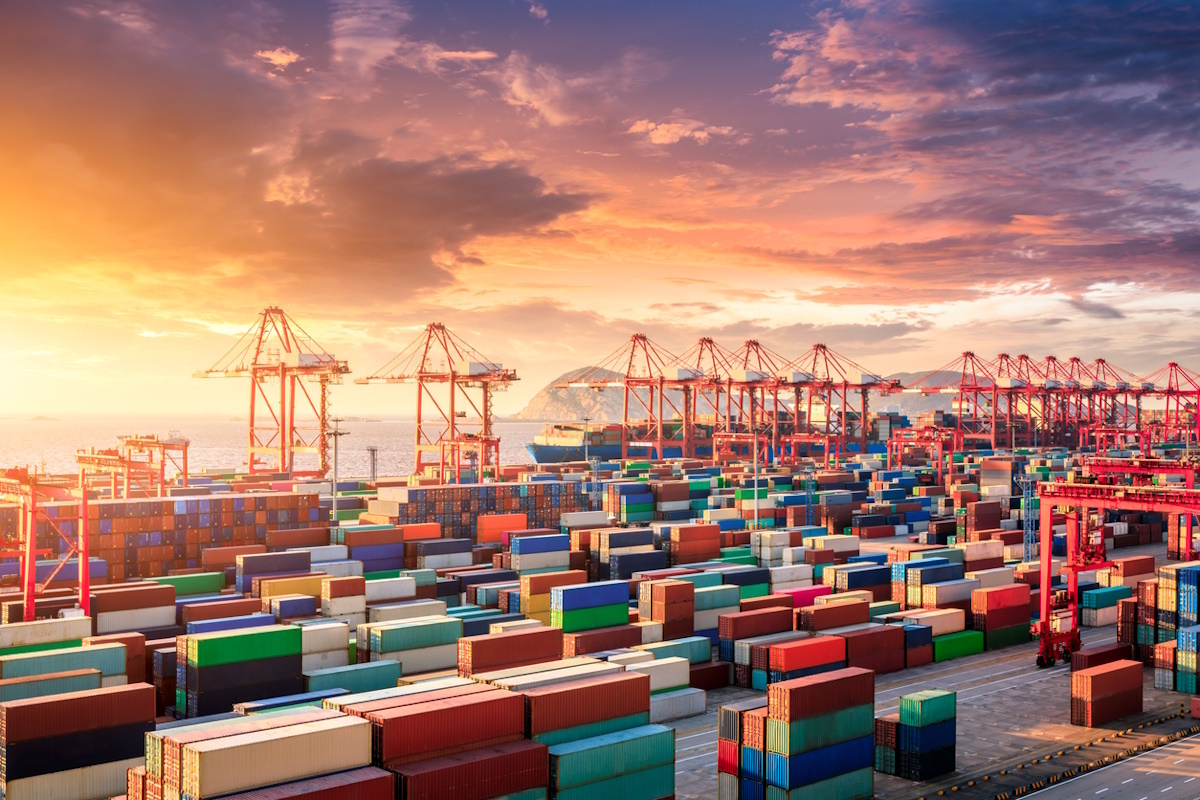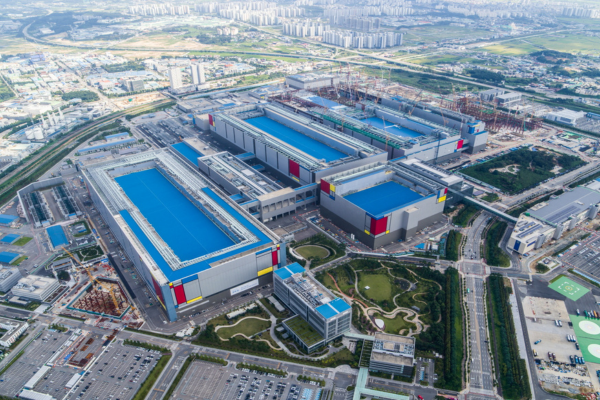Managing global supply chains

Pawan Joshi at e2open asks whether protectionism can ever be the way forward for reducing supply chain volatility
Amid continuous, large, and small supply chain disruptions, many organisations are re-architecting their global supply chains. This often involves repositioning production facilities, along with supplier and logistics networks closer to customers to increase resiliency and protect competitive positions.
However, this re-architecture is costly after years of investments in offshore manufacturing, supplier networks, and supporting logistics infrastructure – and the benefits are hardly immediate.
In tandem with this significant shift, many governments and trade bodies are turning to protectionist policies to not only ensure the availability of goods but also to spur domestic industries and control the flow of cross-border trade and capital.
The EU’s European Chips Act seeks to double Europe’s share in global semiconductor production by 2030, the Clean Vehicle credit encourages the assembly of electric vehicles, and many other such programs around the world are geared towards localising trade.
However, these protectionist policies aren’t without consequences. Ernst & Young reports that 24% of survey respondents indicated that government regulations such as tariffs and other restrictions substantially disrupted their organisation’s operations or supply chains, and in recent talks between the US and the UK, government leaders examined the impact of so-called national “subsidy races” and explored alternative ways to jointly safeguard against external threats such as increasing energy prices and sanctions.
To the casual observer, it may seem the wave of globalised supply chains has crested. If so, is protectionism the answer, or does this create new challenges? And how can supply chain leaders remain agile despite the increasing complexity of global trade policies?
Almost every major nation or trade body is considering policies that prioritise local trade, which could alter the supply chain landscape as we know it. New measures and trade schemes from major global players such as the US, EU, and India are designed to mitigate disruptors, boost exports, reduce import dependence, and create jobs. But in pursuing self-preservation, these policies are also building virtual trade walls.
While protectionism may sound like a great idea to help domestic industries and local trade thrive, we must recognise that many countries and organisations still rely heavily on globally dispersed production facilities. Regional "supply concentration” was built from decades of development, and the model improved core competencies and achieved economies of scale to enable companies to operate efficiently - semiconductor fabs, mining and refining, and shipping are some examples.
Nature also has a role in this regional concentration – raw materials such as lithium, copper, and oil and ingredients like coffee, rice, and sugarcane are not uniformly available worldwide. Though some constraints can be undone with significant investments in time and money, no amount of investment can change where minerals are found naturally and where crops grow.
The challenge is not just on the supply side – even if production could be moved within a country’s borders, it does not mean that companies can succeed solely within the national markets. Industries need the global market to be successful. Protectionism cuts both ways – if you pull production out of a country or region, you almost certainly lose the country as a market into which you can sell. Global companies cannot survive without access to global markets.
The sooner we recognise that supply chains will remain global and interconnected because companies need to source and distribute globally, the sooner we can start discussing how to operate within the undercurrents of protectionism.
And if the first step is to recognise that supply chains will remain global and interconnected to some degree, then the second step is to understand that global supply chain operations are susceptible to disruptions from anywhere. This requires building resiliency within the operations of the entire supply chain – from components and ingredients to finished goods and services.
Sustained success will come from prioritising investment in technological infrastructure that connects the entire supply chain and facilitates collaboration between all supply chain partners across multiple tiers of suppliers, logistics service providers, distributors, and retailers.
Pawan Joshi is Executive Vice President, Products & Strategy at e2open
Main image courtesy of iStockPhoto.com

Business Reporter Team
You may also like
Related Articles
Related Articles
Most Viewed
Winston House, 3rd Floor, Units 306-309, 2-4 Dollis Park, London, N3 1HF
23-29 Hendon Lane, London, N3 1RT
020 8349 4363
© 2025, Lyonsdown Limited. Business Reporter® is a registered trademark of Lyonsdown Ltd. VAT registration number: 830519543





